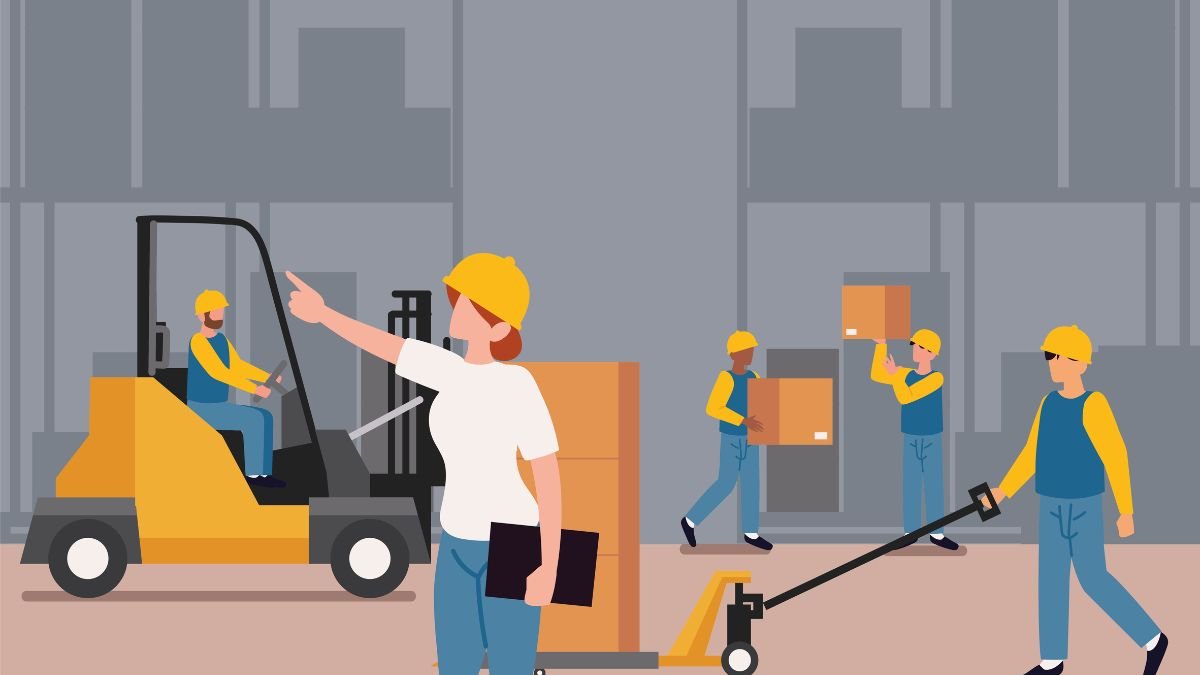How Equipment Rental Software Saves Time & Improves Accuracy
Equipment rental businesses face various challenges when relying on manual processes. Tasks like taking rental reservations, scheduling equipment, tracking inventory, and billing customers are time-consuming and prone to errors if done manually. This is where equipment rental software comes in. By automating core functions, rental software saves businesses significant time and improves operational efficiency and accuracy.
In this in-depth guide, we will explore 12 key ways that equipment rental software streamlines operations. We’ll look at how it handles online reservations, centralizes customer and inventory data, automates billing, integrates payments, customizes agreements and more. By the end, you’ll understand how rental software transforms a business from tedious paperwork to efficient digital processes.
1. Online Rental Quotes & Reservations
Manually taking rental reservations over the phone is labor-intensive and wastes both customer and employee time. With equipment rental software, customers can request customized quotes and make reservations 24/7 through a user-friendly online portal.
No more back-and-forth phone calls or re-asking questions – customers enter their rental needs, dates and location once. The software automatically generates customized quotes based on inventory availability and rental rates. With a few clicks, reservations can then be booked.
This not only improves the customer experience but also saves employees substantial time versus manual data entry of each reservation detail. Data is captured digitally from the start rather than re-typed into the system later.
2. Centralized Customer and Inventory Database
With manual record-keeping, important rental, customer and inventory data often resides in scattered documents, spreadsheets and notes rather than a centralized system. This makes simple tasks like looking up a customer account number or equipment specs tedious.
Rental software consolidates all this information into a single, searchable database. Pertinent details on customers, inventory assets, reservation and rental histories are stored and organized for easy access. Employees no longer waste precious time searching in disarrayed files – they have all relevant data at their fingertips.
It also eliminates redundant data entry. Rather than re-keying customer names, addresses and other profile details with each new rental, the software automatically populates fields from the centralized record. This boosts both efficiency and accuracy of order processing. Checkout: https://zipprr.com/equipment-rental-script/
3. Automated Billing and Invoicing
Creating invoices by hand for each customer rental is laborious and prone to mistakes. Rental software simplifies this tedious task through automated billing based on pre-set rental terms in the reservation.
Once a rental period ends, the software generates invoices including itemized charges for equipment, taxes, delivery/pickup fees, damage waivers and more – all directly from the reservation record. Billing details like payment terms, addresses and logos can also be customized as company templates.
Time spent manually building each invoice, double-checking rates and totals, and re-keying addresses/contacts is completely eliminated. Invoices are generated promptly and accurately with the push of a button.
4. Integrated Payments
Traditionally, collecting rental payments meant waiting for checks in the mail and manually recording amounts against invoices. With integrated payment processing, rental software streamlines this process.
Customers can view outstanding invoices online, then pay easily through credit/debit cards stored securely in their profile. The software automatically applies payments to the proper invoices and reconciles balances in real-time.
There’s no more time wasted on manual paper statements or trips to the bank for deposits. Payment status updates instantly without re-entry of transactions. Late or non-payment is also readily apparent. Overall this greatly improves cash flow and collections efficiency.
5. Rental Agreements and Contracts
Crafting customized rental contracts individually takes considerable time and effort. Using agreement templates within rental software app saves employees from repeatedly re-typing standard clauses, rates and terms.
Pre-configured templates store common boilerplate text, then allow for customization of client/asset specifics on a per-rental basis. Employees simply enter the variable fields to auto-generate tailored, professional contracts within minutes.
Details from rental reservations like dates, equipment, rates and damage waivers automatically populate into the template as well. Edits can be made directly from within the software rather than re-keying changes in Microsoft Word. Contract workflows including digital signatures cut processing time significantly.
6. Equipment Scheduling
Coordinating equipment reservations and tracking asset availability manually with paper charts or basic calendars is a nightmare. Rental software provides an intuitive visual equipment scheduling system instead.
A digital calendar view displays booked rental periods in color-coded blocks alongside asset details. Employees can quickly see availability for popular dates and plan reservations accordingly. Double bookings are virtually eliminated.
Schedulers gain full visibility across locations and equipment classes. They can optimize utilization through dynamic search filters and mass updates. Customers also enjoy self-service booking capabilities through an online booking portal. Overall rental yield increases and managers save time previously spent resolving scheduling conflicts.
7. Dispatch and Rental Fulfillment
Preparing paper work orders, pickup manifests, driver route instructions and equipment checklists for each out-the-door rental is painstaking. Rental software streamlines fulfillment and reduces errors through digital dispatch tools.
Automated checklists ensure consistent equipment inspections while check-out records capture condition feedback and meter readings digitally. Interactive route maps optimize driver paths to pickups for faster turnarounds.
Mobile-friendly documents generated by the software accompany drivers in the field, removing reliance on handwritten notes. Fulfillment is efficient, compliant and customers receive consistent service quality each time.
8. Inventory Management
Maintaining manual equipment records with paper filing systems or basic spreadsheets is a full-time job yet provides minimal insight. Rental software centralizes current asset details, maintenance histories, and locations online for maximum control and visibility.
An inventory module tracks specifications, purchase records, photos, value and more for each unique item. Real-time availability reporting replaces fruitless equipment searches. Auditing and physical inventory counts become lightning fast through mobile barcode scanning.
Managers gain powerful analytics on asset usage, replacement forecasts, maintenance costs and more for strategic sourcing decisions. Employees accomplish tasks like asset transfers digitally in minutes compared to paperwork routes. Overall control and optimization improves significantly.
9. Maintenance Scheduling
Ensuring equipment safety and longevity through proper preventative maintenance is mission-critical yet difficult without a structured plan. Rental software eliminates manual oversight through automated scheduling based on meter readings and usage hours.
A maintenance module tracks work done, part replacements and inspection feedback for each asset historically. Alerts flag upcoming inspections, repairs or required certifications to proactively catch issues before they impact customers.
Technicians receive task assignments, service histories and diagrams with a single click rather than sifting through loose paper records. Downtime decreases as scheduling becomes streamlined and proactive rather than reactive to failures in the field. Customer uptime and satisfaction increases accordingly.
Conclusion
In conclusion, upgrading to a comprehensive equipment rental mobile software solution delivers dramatically improved efficiencies, cost savings and business insights. Automating manual tasks frees up employee time to focus on higher value activities that boost customer satisfaction and the bottom line.







